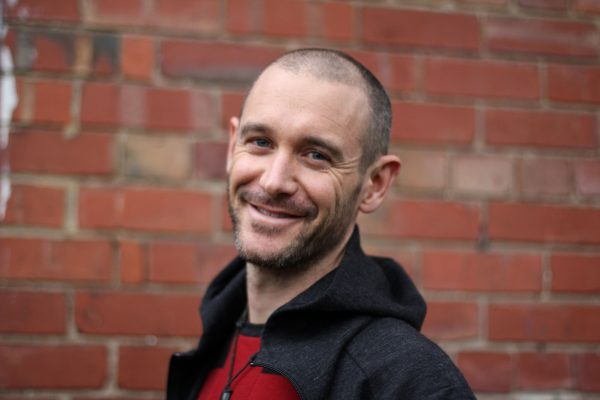A taste for change

Like many children of the 1970s, I grew up on five-layer casseroles and meatloaf. But over the course of my childhood, my mum discovered a world of cuisine. I remember her first pasta, her experiments on ‘vegetarian’ visitors, and the time that the pet mince got mixed up in the freezer and became a lasagne of radical flavour and questionable nutrition. I remember the shocking green flesh of my first avocado, the oozing centre of my first Brie, new experiences with sun-dried tomatoes and olive oil on salads.
It was a time of profound change in Kiwi kitchens, a time when the British traditions gave way to flirtations with Mediterranean fare. Food became something more than sustenance, and New Zealand cuisine began to acquire an identity of its own—as our new deputy editor, Rebekah White, discovered in her profile of Tui Flower for this issue.
Our geography was changing too. The rolling pastures that used to bake brown in summer and sprout thick and verdant in autumn took on an evergreen quality thanks to superphosphate and an irrigation regime that’s doubled in area every 12 years since 1970. (More irrigation, particularly in dry areas, can triple the output of a farm.) My memories of fields of sheep—at the time outnumbering New Zealanders 25 to one—slowly faded as sheep numbers halved, replaced in part by the massive expansion of dairying.
These changes have been driven by the economics of the free market, rather than rural planning, and the economy has responded positively to the high-input model. It was the primary industries that gave New Zealand buoyancy to emerge from the global recession before most other developed nations, and the government’s Economic Growth Agenda calls for agricultural exports to earn 40 per cent of GDP by 2025, hingeing on something approaching a trebling of current production value.
But market-led change in the global context also results in some bizarre distortions. We import lettuces from Fiji, and export lettuces to Fiji. New Zealanders, on an isolated temperate archipelago, are the world’s largest consumers of bananas, a tropical fruit. Farmers in Canterbury are converting fields of cereals—crops suited to the dry, thin soils of the plains—to pastures for a dairy herd that can’t be productive there without untold volumes of water from pivot irrigators.
High-intensity agriculture comes at a high price: pollution, eutrophication, fertiliser run-off, pesticides that contribute to colony collapse in honeybees. Our distance from international markets creates cost and concern and doesn’t insulate us as much as we would like from pest species and pathogens. We need only to consider the outbreaks of PSA, varroa, fruit flies and great white butterflies that have resulted in national emergencies and the collapse of entire market sectors to appreciate the vulnerability of monocultural cropping to a biosecurity breach.
There are alternatives—organic, biodynamic, permaculture, hydroponic, intensive farm systems but detractors suggest they can’t achieve the volume or the efficiency to feed our nation and its economy, let alone sustain three-fold growth in international receipts.
In the clamour of industry, shrill cries to eat less meat or buy organic produce are easily drowned out. The only truly effective means of altering the behaviour of a market is educating consumers and highlighting their responsibility for the shape and nature of the supply chain. But, like farmers, consumers feel bombarded by the issues. There’s a lot to consider when you shop: food miles, nutrition, animal welfare, traceability, industrial sustainability, international worker rights, product safety… A conscientious consumer can’t hold a fork without quivering with anxiety.
Greg Bruce’s special feature in this edition is the fifth in New Zealand Geographic’s 25th-anniversary series on the issues that will shape our nation over the next quarter-century. Since humans first set foot here, food production has shaped the land and will likely have a greater impact on the structure, prosperity and natural values of the country than any other factor. Is there an alternative? How much will it cost? Can we afford to change? Can we afford not to?















